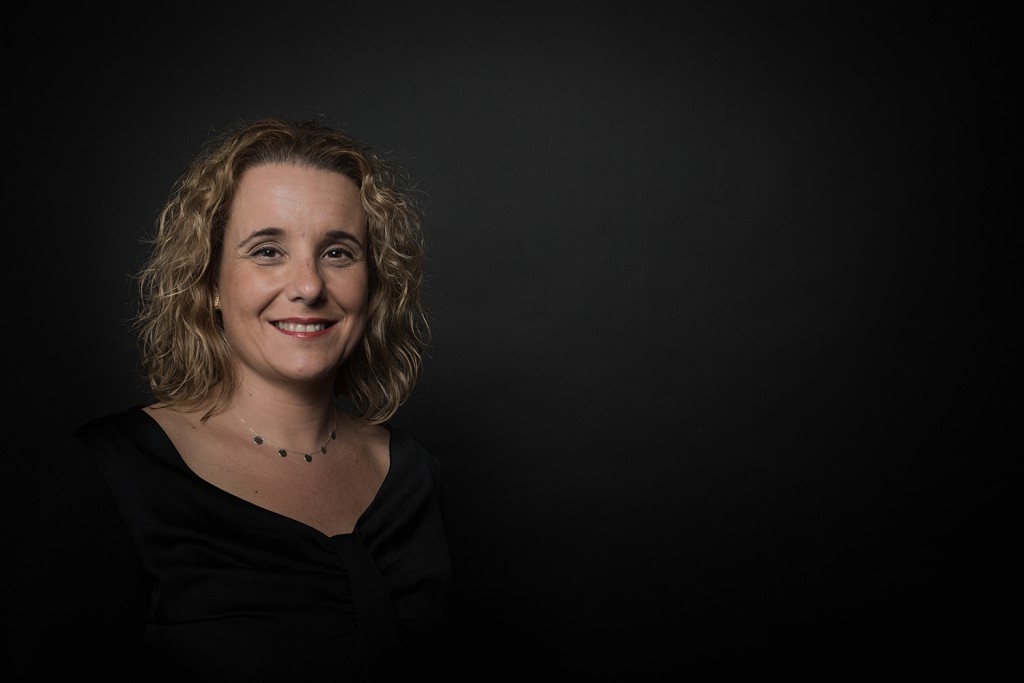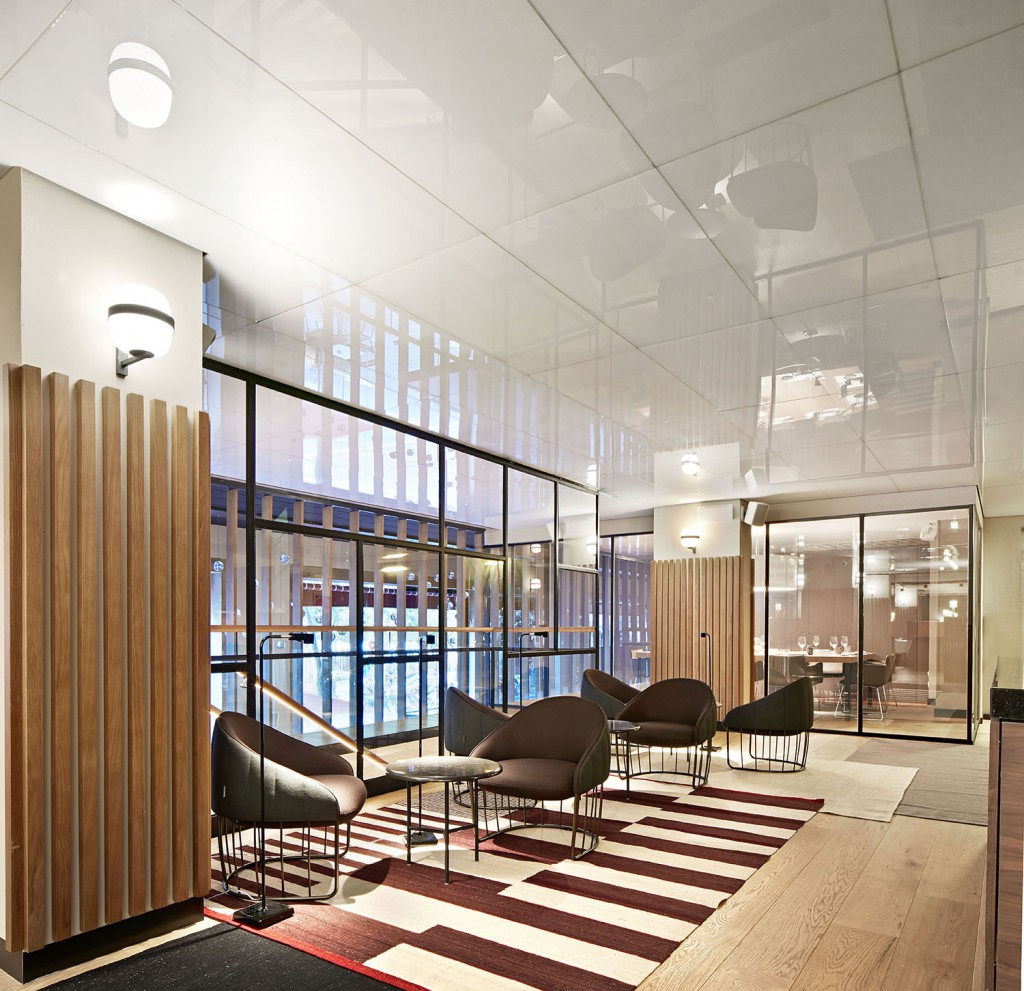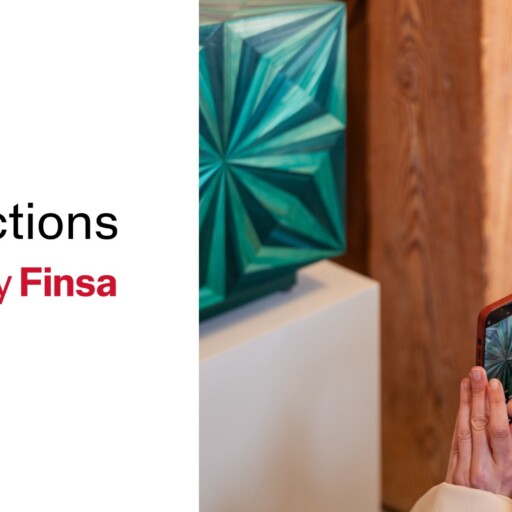Mireia Cervera is an expert in connecting – connecting companies with each other as well as connecting them with clients. That is her role at Red, Reunión de Empresas Españolas de Diseño. An interior designer by trade, Mireia Cervera has been co-director of the entity since 2018, where she is in charge of promoting Spanish design by the associated companies through contract projects via Red Contract.

For those who haven’t heard of it, tell us about Red.
Red is a Spanish association formed by companies in the industrial habitat sector that promotes the values of design as a competitive strategy. The associated companies gain a reputation and visibility for their brands in a collective way, share valuable information, participate in discussions such as lobbying with the ability to influence public administration, suppliers, trade fairs etc. The members have access to design networks, network internally, and benefit from economies of scale. Red attracts architecture and design professionals that are looking for Spanish brands for their projects and critics who are looking for design content created in Spain.
You were just at Orgatec. What role do trade fairs play in the development of Red?
Trade fairs are a showcase of what companies are doing in the moment. At Red, we look to establish links with those that interest our members or that we consider to be evolving in a way that might benefit the brands, with the aim of presenting as a collective serving as a bargaining chip in their own negotiations. In this way, we secure better placement and visibility in the exhibition space.
A clear example is Orgatec, where we participated as a group, which allows companies that are going for the first time to be able to test if a fair is worth it for them commercially, under the umbrella of a space that is 100% designed and Made in Spain. Finsa, for example, tried this format at Orgatec with very good results.

Is attending trade fairs necessary in order to be up to date with trends?
Attending these fairs and being up to date with trends are two different things. Trends are mainly marked by social changes, generational needs, and from a materials point of view, by the fashion world, which is way ahead of us in terms of experimentation with new finishes, materials, colours, etc. And they have four collections a year! There is a lot of information for experts in analogue and digital media that we can access, or it might be enough to walk around our cities looking at people, shops, restoration sites etc.
More and more , trade fairs are distinguishing themselves from one another through specialisation and innovation. I believe attending fairs is necessary both to showcase your work, but also to be able to see the fair itself, to be up to date with what’s new in the sector, to analyse how we are exhibiting our work compared with other brands, or to see if what we are offering corresponds to the needs and aesthetics of the target of the visitor and the country.
How is Spanish design perceived in the rest of the world?
The perception abroad is that we are working a lot and at a high level. We are a country that has a very strong industry and, at an artisan and manufacturing level, we are giving our products a strong sense of ‘story-telling’ which gives them value. The perception from the outside is much more positive than what we perceive here. As a specialist in contracting, I can confirm that, in some countries, the fact that the product is Made in Spain and with 100% European manufacturing is highly valued.
Furthermore, for many years we have had big names associated with every field of the design world, which helps strengthen the Spanish brand.
Do companies understand the benefit of collaborating instead of competing?
At Redm we are always working along this line – it is the ‘mantra’ of the association. Companies have always worked and sold in a very individualised way; changing the buying and commercialisation models of their products and faced with the emergence of contract projects, they have realised that joining together with companies that offer complementary, or competitive, products, allows them to see possible weakness that were otherwise invisible. They have understood that they are stronger when they join forces and they can do more projects in more parts of the world at the same time. We encouraged this path amongst our member companies and from that Red Contract was born.
What is Red Contract and how has it evolved?
Red Contract was born some nine years ago, and the first project was fitting out the lounge of the Hotel Tribeca in New York with 100% Spanish design. It was such a success that it has kept going.
With my arrival at Red, this has evolved as a support so that companies can understand the way the contract channel works. I have visited all the companies to understand how they work, what they can offer, and to help them open up new horizons. We identify projects which we believe align with the products that our members work with and we present these companies under the Red umbrella so that they can be part of the project memo.
The evolution of Red Contract has allowed us to sign us agreements with hotel chains, a training centre, the Auditorio de Barcelona…with the aim of fitting out these spaces with design products from our members. Red takes on the role of “facilitator” between the companies and the client and expedites product definition, quotes, and the execution of the project.
Our next steps will include an innovation of the value proposal, widening the field of influence, linking products and innovative materials in the market in order to work in a cross-sectional way, starting with architecture and continuing with interior design. We will work more globally on contracts.
What is the key to good design?
A company would say: “whatever sells the most!”. For me, a good design is one which conveys the type of company that is behind it. These days, every design should come with a good marketing and communication campaign, especially if they are thinking about the contract channel. The framing of the brand influences the perception of the design product a lot.

Interior designer, consultant, co-director of RED…Which aspects of your work do you enjoy the most and why?
I really enjoy the contact with the companies. As a consultant, my main job is to train and help them understand the contract channel at every level, from R+D to product designers, marketing and communication, commercial etc. I’m fuelled by my contact with all the departments and understanding their day-to-day, and the fact that they learn where to put their efforts and the profile of the buyer. I appreciate the flexibility that is generated and the new roles which adapt to the situation.
At Red I also really enjoy the support amongst the members and we are very proud to see the evolution of the companies and the excellent perception of the brands that do their homework. As an interior designer I now only work on projects that really excite me and they help me to not lose sight of the relationship with the client and their needs. For me, all my professional facets complement each other. And that is what really allows me to enjoy my day-to-day.
What inspires you every day? Do you have a certain ritual or do you consult a certain publication which is like a bible for you?
I don’t have a defined way of working. I get a lot from networks, because they demand a lot of revitalisation of information, and when I visit fairs, I take time to analyse what I see in the exhibition spaces, and in the city. Talking to professionals in the sector and with people from other professional fields also inspires me a lot. Perception from the outside is very inspiring.
I am a little inconsistent in my interests: lately the work of foodies like Elsa Yranzo and Laura Ponts have fascinated me; trend influences that work with colour and material moodboards, like Gudy Herder or Trendland; and everything happening around food with new culinary trends that have a very visual language.
How do you connect with what interests you? Are you more digital or analogue?
I connect in a spontaneous way. I’m not a very disciplined person, which allows me to work in a versatile way and on many fronts at the same time.
Before coming to Red, I was much more analogue. Now, thanks to the influence of Juan Mellen (director of Red), who was the introduced me to Twitter, my curiosity has drawn me toward the digital world. We live in a changing world, everything expires at great speed and the digital world allows you to develop in a way which adapts more to the now.
Something analogue that I still do is buy books and magazines. I love to touch paper, its smell, and its aging with use. I am a confirmed reader of paper products.
How do you disconnect in order to recharge your batteries and continue your creative work?
Although it sounds cliché, I disconnect when I am in “mum” mode. It is the moment that plants your feet firmly on the ground and focuses you on reality. I am also fascinated by children’s perception, that they are pure and that they have a very pure opinion about every situation.
For my work I often travel alone and the moments in which I have finished work and I can enjoy a nice walk or dinner in solitude are also a very good “reset” which I encourage everyone to try.
If the contract channel had not crossed your path, what do you think you would have ended up doing?
The truth is I have often thought about this, especially when I’m questioning the effort it requires, but after having had many jobs related to contract work, I think my conclusion is that I am where I should be, I can’t imagine myself in another job.
Which design professional would you like to connect with? Who are your design inspirations?
I would like to connect with the designers of the future, but those of the near future, like the next 10 or 15 years, because I see very relevant changes in teenagers regarding habits and needs and I would like to be able to see how they make us all evolve.
I don’t have any design inspirations, I’m very open to all proposals, although those that make me say WOW win me over.















